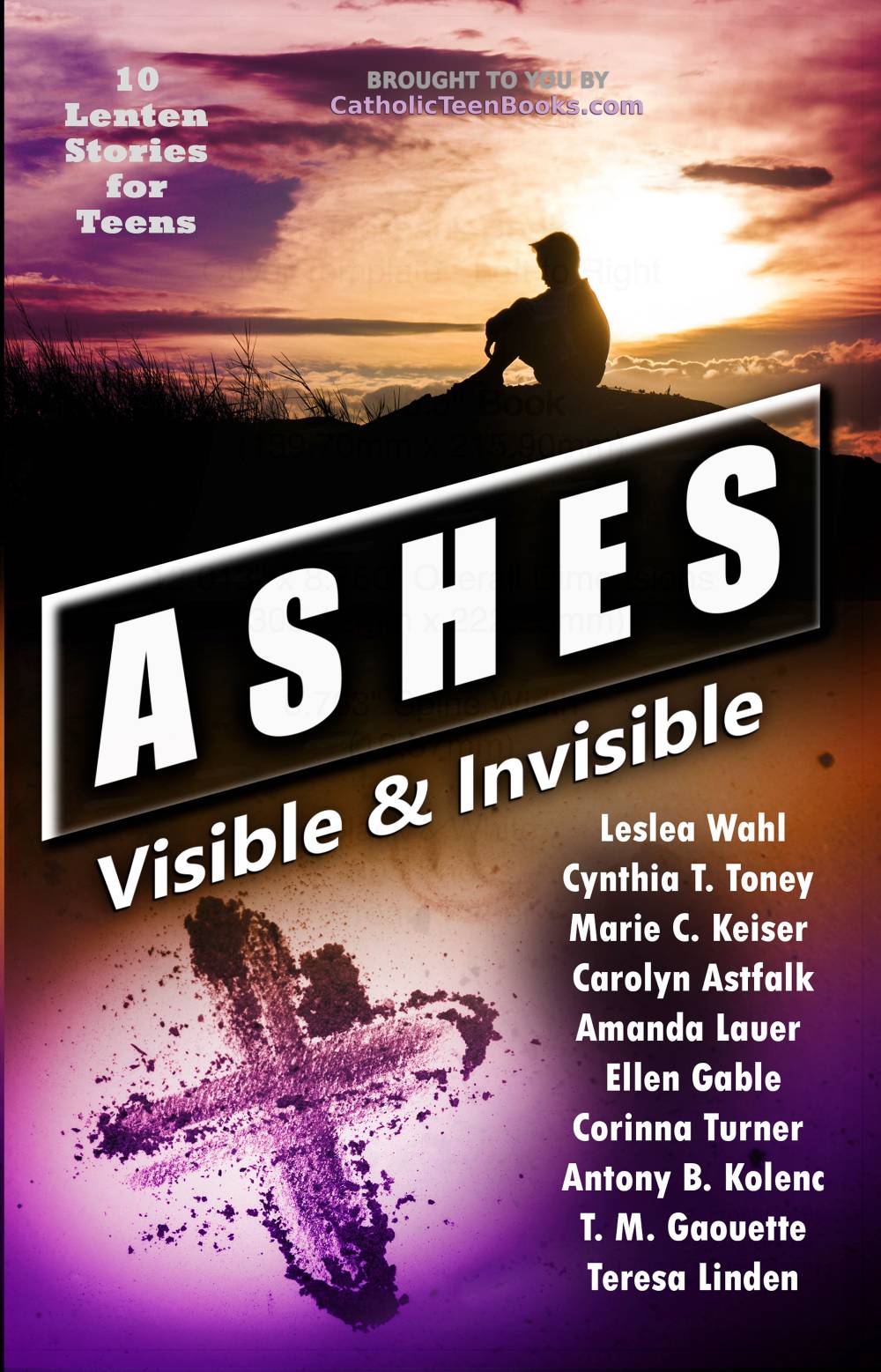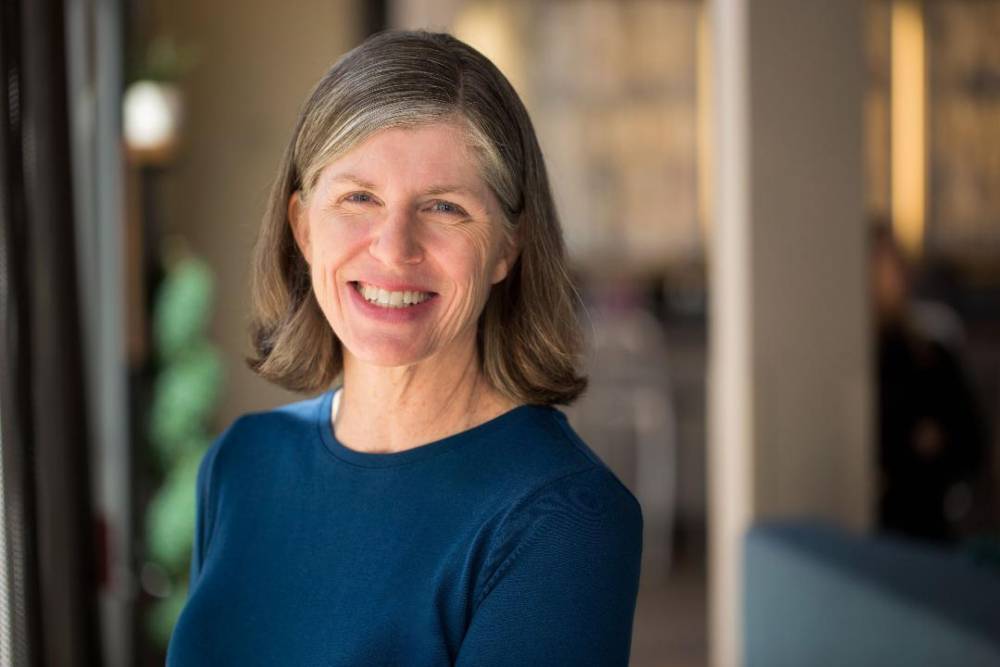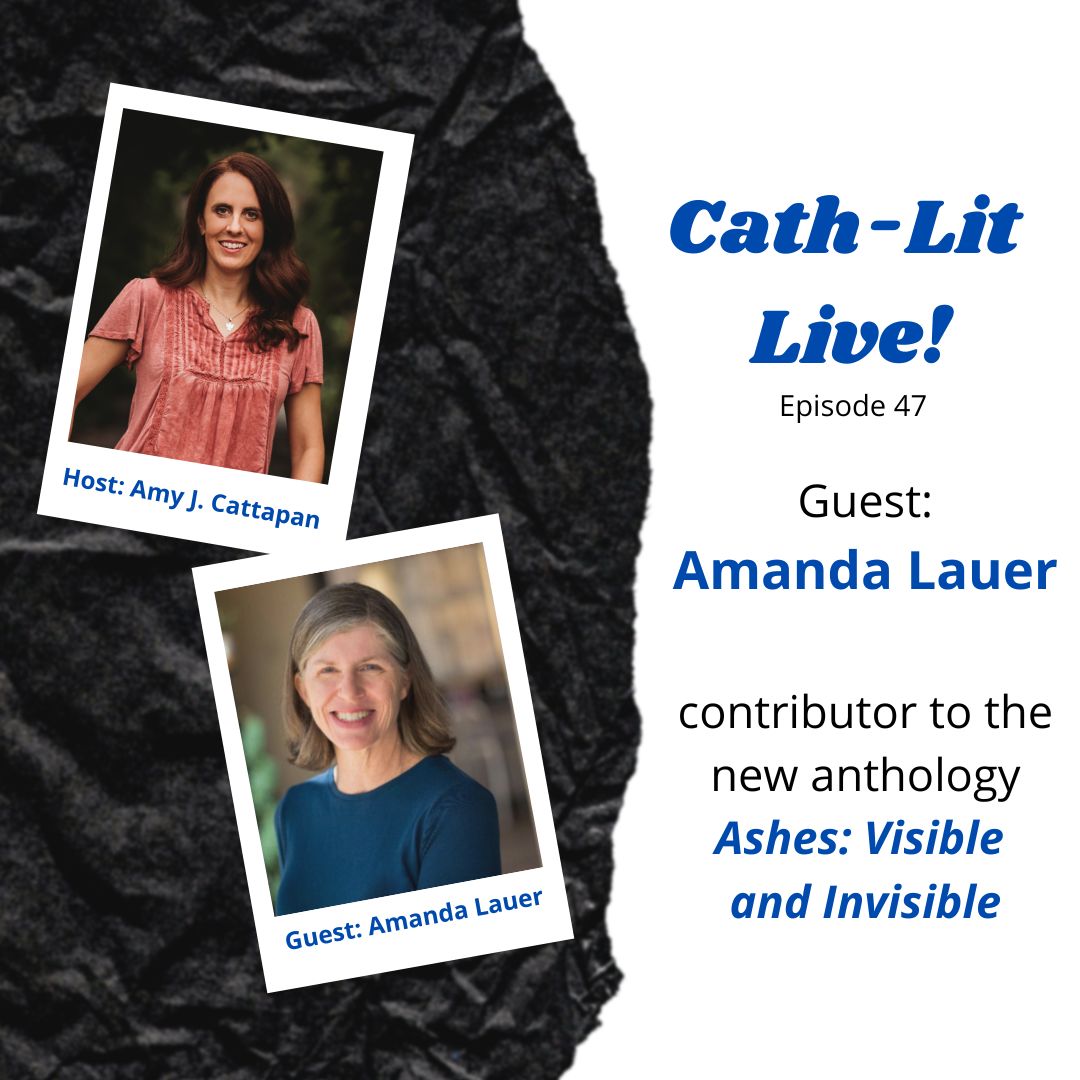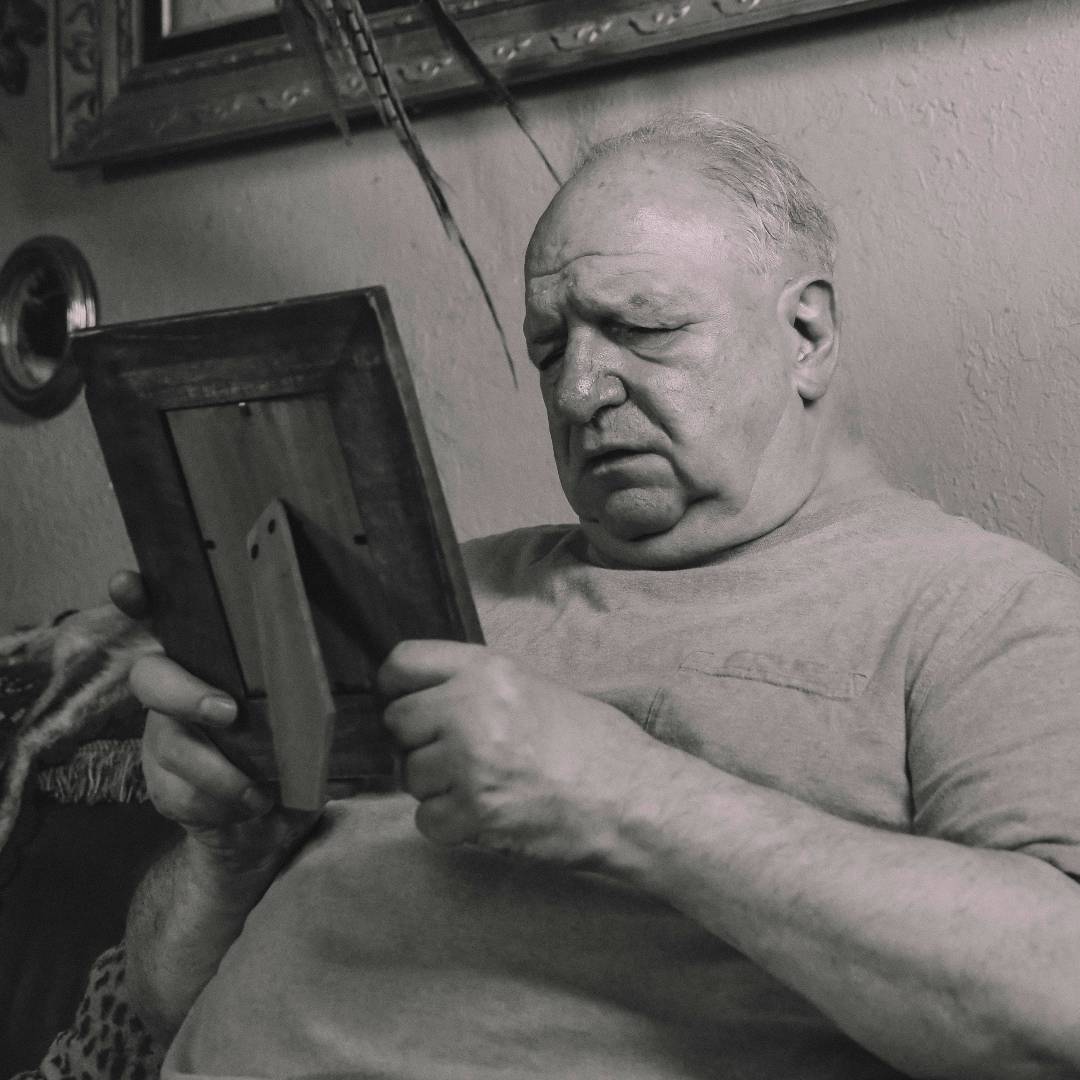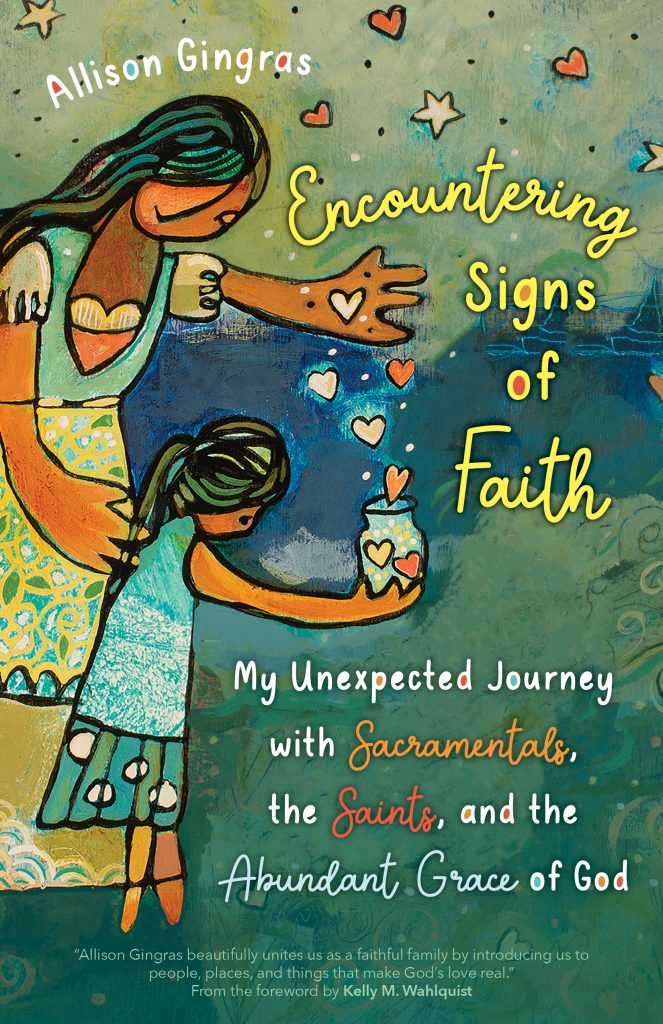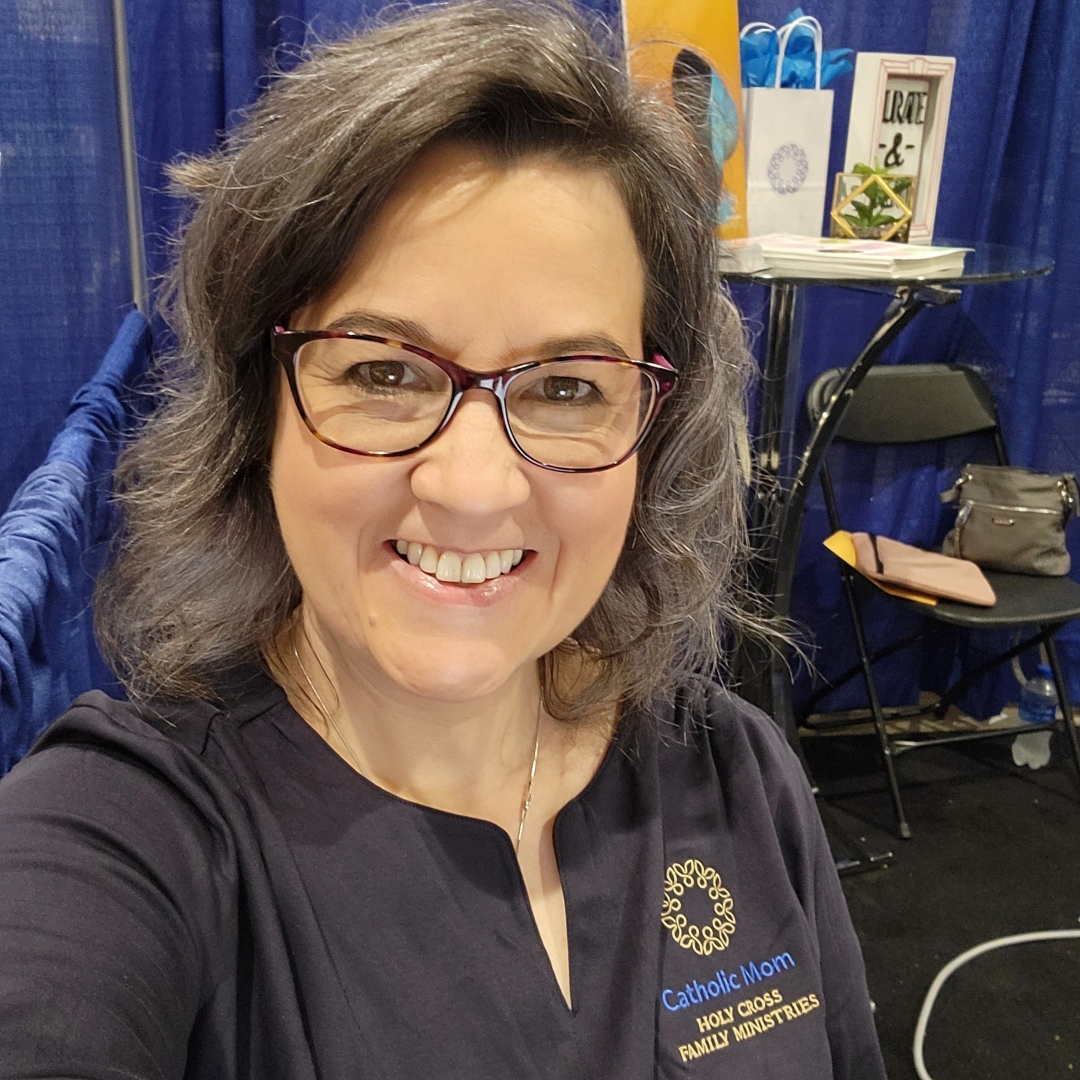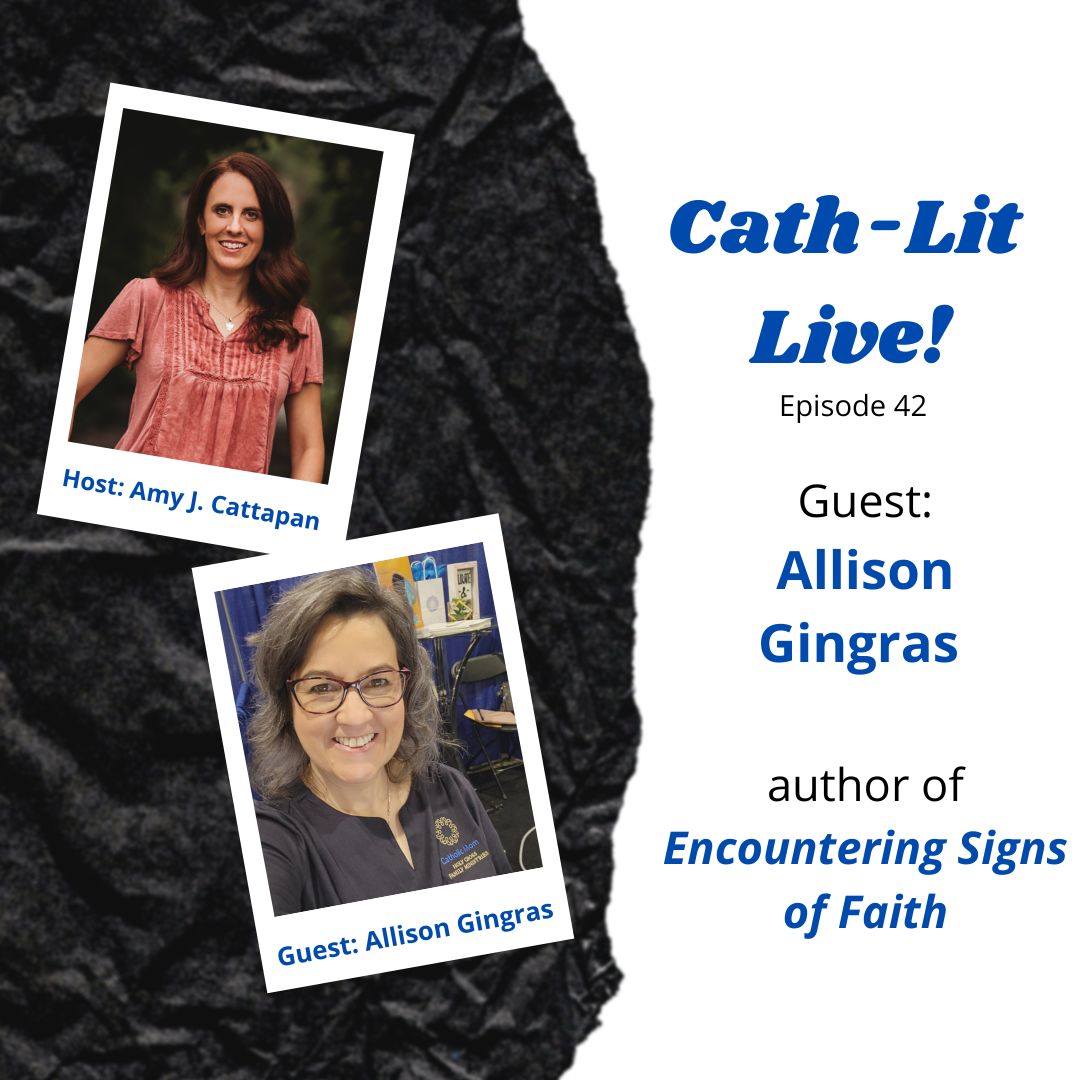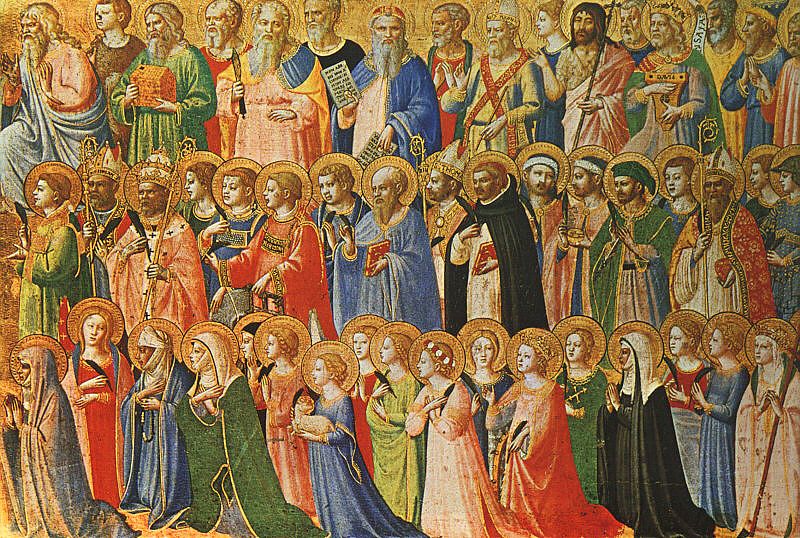All Aboard The Surrender Express!
All Aboard The Surrender Express!
I am a huge fan of nostalgia, ranging from black-and-white television shows to antique furniture and sentimental trinkets. Simple times, unique vehicles, and outdated fashions appeal to a special part of me. One, in particular, stands out among the rest, and that is the old-fashioned train.
A few years ago while planning a vacation, I found a vintage train car converted into a hotel room. To my surprise, there are several of these throughout the country! I found a couple within driving distance, bringing my mission to fulfillment. My favorite was the Chattanooga Choo-Choo, which sits on the actual train track, and the ticket station is now the hotel lobby.
The exterior of the passenger car was untouched other than fresh paint, and much of the inside retained the feel of that era, aside from having a bed and modern-day necessities. Oh, how I longed to go back in time, dressed with the white gloves and pretty hat. Little did I know that dream would also one day be a reality. A year or so later, I boarded a 1940s-themed dinner train, dressed as if I had stepped out of 1941.
The lure of the train was whimsical, and the sounds of the engine chugging before picking up speed drew me into a place of wonder and relaxation. As a child, I could hear a train whistle in the distance from my grandmother’s house and often thought about who might be on it and where it was going.
More recently while chatting with a friend, a nonchalant answer got me thinking. When asked how things were going, my friend responded, “The train has left the station.” To which I asked, “Are you on it?”
I’ve been reflecting on that lighthearted exchange and the image of running to catch a train as it’s leaving the station, and I considered how it relates to my faith and God’s plan. Begging the ultimate question, am I living each day on my itinerary or God’s? I don’t even want to count how often I was so focused on my plans that I was blind to how God was trying to direct my steps. I’m not one to dwell on the past. However, I am always eager to learn from my mistakes.
For train travel, there is no room for adjustments once a trip is planned and advertised. Regardless of who is and isn’t on the train, it will leave the station on time. I like to live my life in this way—trusting the schedule that God has set for me. However, sometimes I want to sneak in a secondary scheme or backup plan. When I do this, there is the possibility that my plan B is wavering from God’s ultimate plan. The fruit is in the process of discerning whether or not to travel my way or surrender to God’s will.
Surrendering to the will of God involves prayerful communication, trust, faith, and a willingness to let go. The image of someone running after a train looks great in the movies, but in real-life instances, I don’t want to have to run after something God had right in front of me. I prefer to be on board, seated comfortably and have it fall right into my lap.

Another recent conversation regarding God’s will focused on whether or not to take action in creating a plan B for a particular situation. When it was all said and done, the family decided to take the need directly to God through prayer, leaving the outcome in His hands. A measurable amount of faith and trust in God were the key components to this family surrendering the need and the result to our Lord.
Complete acts of surrender are to be celebrated, regardless of the conclusion. As a highly organized person, it makes total sense to have a safety net; in some cases, it is a strategic move. Then again, factoring in my faith and relationship with Jesus reminds me that God is in control. It would be easy for me to go about my life as I think it should go, whereas it will be fulfilling and beautiful when God lines it all up for me.

